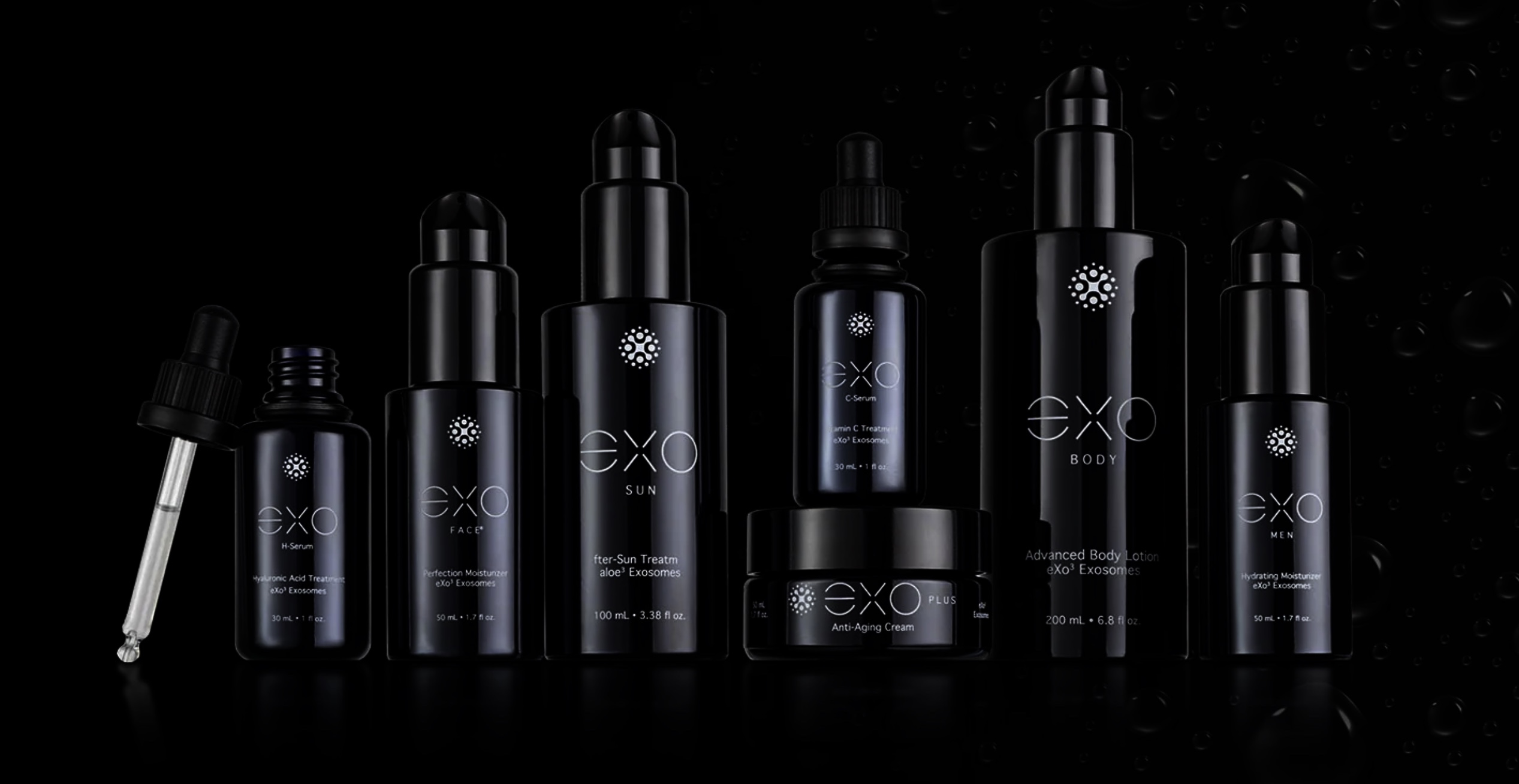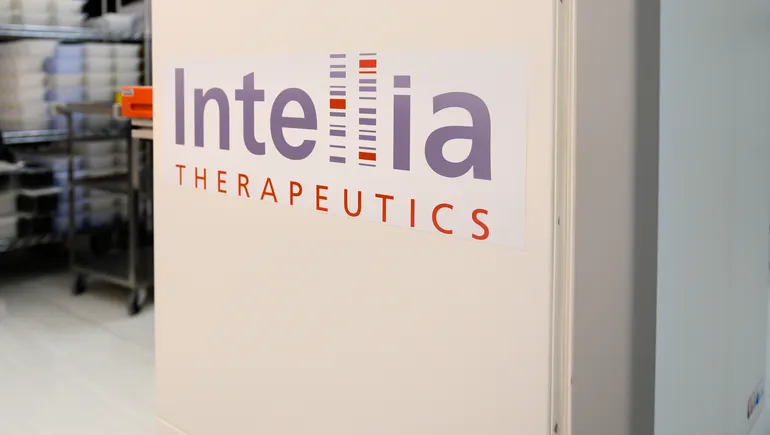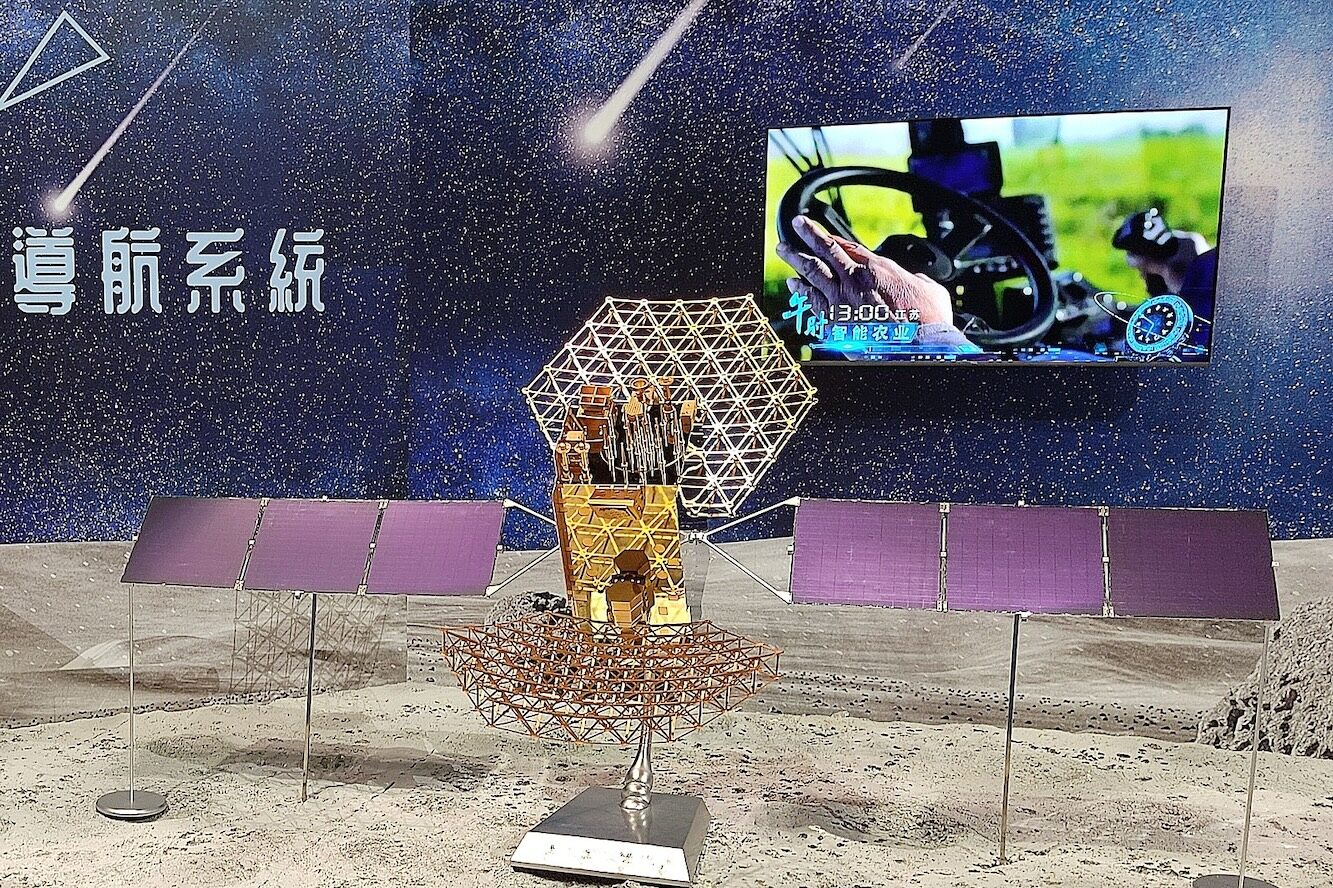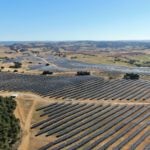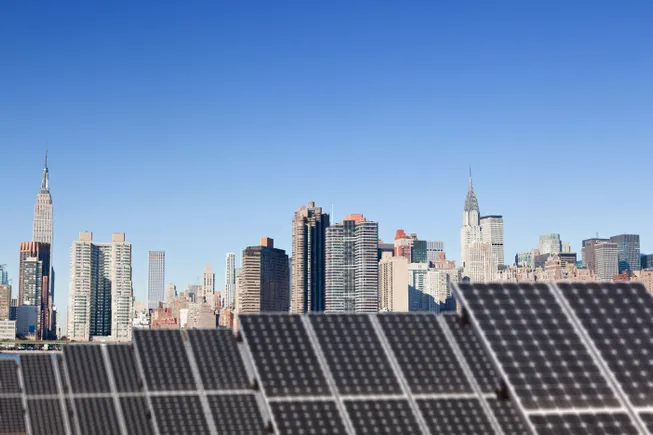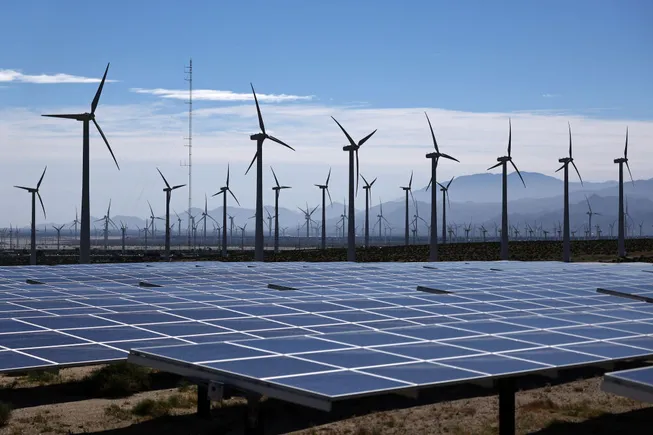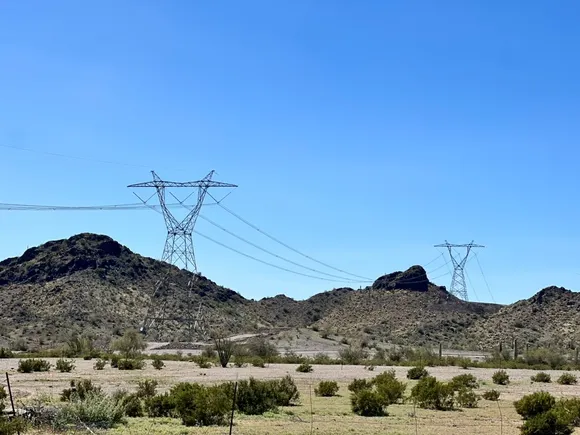Efficient Electrocatalytic CO2 Reduction to Formate via Continuous Microfluidic Synthesis of Bi2O3/MXene‐Based Composite Catalysts with Tunable Metal Oxide Interfaces
Advanced Energy Materials, EarlyView.

High-loading Bi2O3 nanostructures are uniformly anchored onto MXene via microfluidics and thermal treatment, enabling synergistic and efficient CO2 electroreduction to formate.
Abstract
The large-scale applications of electrocatalytic CO2 reduction face numerous challenges, including suppressed HER, high catalyst costs, limited production scalability, and complex synthesis processes. Combining carbon materials with bismuth-based catalysts is an effective strategy to enhance catalytic activity at low cost. This study utilized microfluidic technology to achieve mass aggregations of Bi2O3 nanoparticles with specific surfaces and controllable size on 2D Mxene using 2, 5-FDCA as a ligand. The In-depth understanding of theoretical simulations indicates the MXene substrate significantly improved the catalyst's electrochemical surface area and electron transport efficiency, facilitating electrolyte penetration and reactant diffusion. While Bi2O3 support provided abundant active sites for reactions. Beyond, the composite M-Bi2O3/MXene-400 effectively suppress HER through synergistic effects. The interaction between Bi2O3 and substrate is greatly increased to stabilize the M-Bi2O3/MXene-400 structure under work. In a membrane electrode assembly (MEA), it operate continuously for 60 h at a cell potential of −2.8 V, achieving a current density of −300 mA cm−2 and an average Faradaic efficiency for formate exceeding 90%. This work offers new strategies for the efficient design and controllable construction of MXene-supported nanoparticle catalysts and mass production via microfluidic technology.

















































